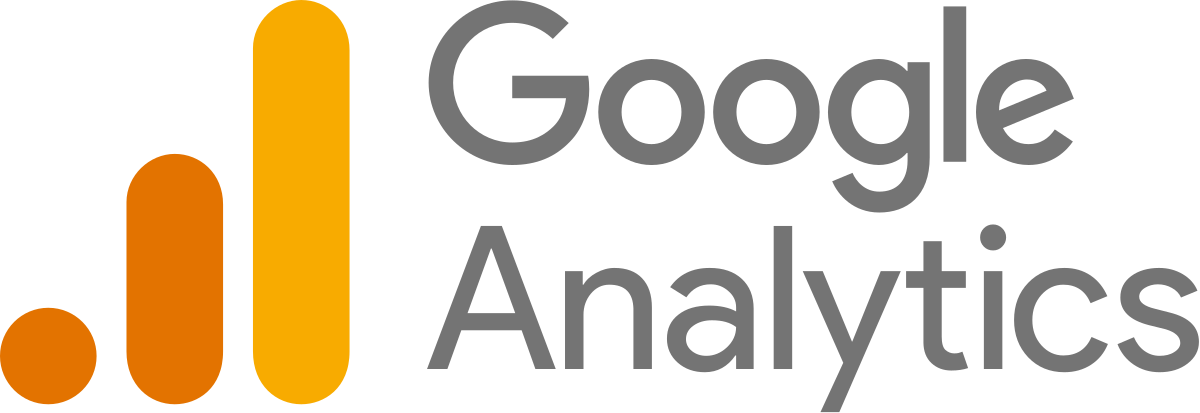Part-I For accurate Website Analytics

Abstract
Google Analytics is an enterprise-class based web analytics tool which provides a transparent view of website traffic and marketing effectiveness. Google Analytics has powerful and advanced features that give rich insight into the websites and improve website ROI (Return on Investment). The aim is to analyze the effectiveness of entries (visit behaviour and length of sessions) depending on their traffic source: direct visit, in-link entries (for instance, en.wikipedia.org), and search engine visits (for example, Google). For this purpose, time series analysis of Google Analytics data is made use of. This method could be interesting for any tourism website optimizer.
This is a series of 3 blogs. In this blog, I will give you an introduction to Google Analytics. In the next two blogs, I will discuss data collection, analysis, and different analytic criteria.
Introduction
In today’s digital world, almost everyone is dependent on the Internet. The Internet enables E-commerce, E-learning, social networking, banking, discussions etc through online websites. To get more customers or visitors, E - business and website owners need to offer better quality websites. Web Analytics serves the purpose of understanding and optimizing web usage. Web Analytics collects, analyses, and reports data about numbers and types of visitors, page views, and much more. Google Analytics is the most widely used web analytics application that helps to understand the behaviour pattern of website visitors.
The Internet has revolutionized the business operations of the entire travel and tourism industry value chains. As the Internet has become the channel of customer relationships and sales, the performance measurement of tourism websites is becoming a strategic issue, critical for online marketing hence web analytics is on the rise.
Why use Google Analytics? Firstly, and most importantly for the purpose of this study, it is used because Google Analytics provides time series data. Moreover, it is also employed because Google Analytics is a free service offered by Google that generates detailed statistics about the visits to a website, and which is a user-friendly application with the guarantee of Google technology.
Methods for obtaining data for web analysis
There are two methods for obtaining web data:
− Web Server Log data: Data obtained from a user's web server can be parsed by client-side software to make the data meaningful.
− Page Tag data: JavaScript code placed on each tracked page provides in-depth information - about the page and the client’s browser device.
- Web Server Log Data
- Web Server Logs give more accurate and comprehensive output, hence better insight into websites. They record various information from each request made to the server. Server logs also provide important information about time and type of request, domain request, referring URL, 404 requests, broken links, and various other information. This way you can fix these problems to better accommodate your users and the search crawlers. Logs are very detailed as they contain information such as Image requests, CSS files, JavaScript files, Search engine bot traffic.
- In Server logs, it is difficult to track at user level, little information about how visitors use the site, requests from search engine bots can distort figures and they don’t count views of pages which are cached. Typically, server logs are read with some Log Analysis Software such as AWStats.
Pros of using this method:
− Counts every request to server
− Users own the data
Cons:
− Expensive initial investment
− Things / events cause counts to be inaccurate:
o Search engine spiders
o Proxies
o Dynamic IP Addresses
o Cache
− Data parsing required before analysing
− Cumbersome management of Server Logs
− Storage intensive
- Page Tag Data
Page tag-based web analytic systems obtain similar data as server logs. Additionally, they obtain information about the client’s browser, operating system, custom IDs, and tags, as well as conversion data, unattainable from server logs
Pros
− Cheaper to set up / Pay as you go
− Believed to be more accurate than server logs
− Speed of data reporting
− Flexibility of data collection
Cons
− Dependant on JavaScript & Cookies
− Implemented required for every tracked page
− Sometimes complex tag implementations
− Who owns the data?
− Privacy issues
Conclusion
Google Analytics is an extremely useful tool for gaining vital information into website performance and user behaviour. Businesses may obtain a thorough insight of their audience, measure the impact of marketing efforts, and make data-driven decisions to optimize their online presence by deploying this robust analytics platform. Google Analytics enables organisations to analyse key data, discover trends, and uncover actionable insights through capabilities such as real-time reporting, audience segmentation, and goal tracking. Businesses can better their digital strategy, improve user experiences, and drive growth in today's data-driven environment by leveraging the power of Google Analytics.
Thanks for reading the blog, in the next blog I will discuss about the data collection and analysis.
References
https://www.sciencedirect.com/science/article/abs/pii/S0261517710000622
https://www.sjsu.edu/people/rakesh.ranjan/courses/cmpe272/s2/Team-Matrix-Google-Analytics.pdf
By Charan Mokra & Kevin Vincent